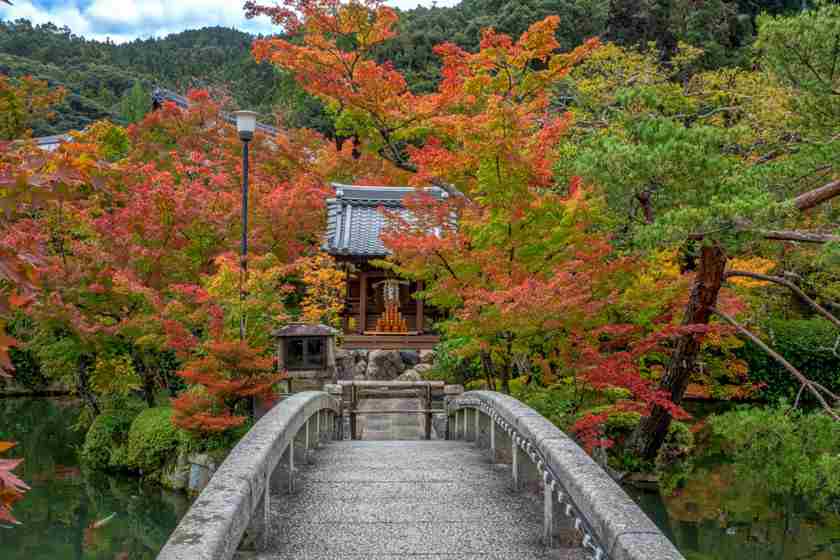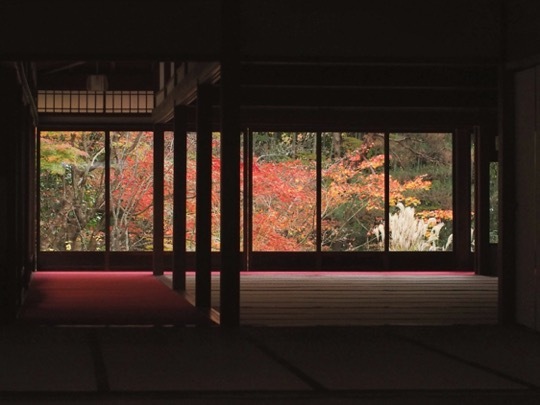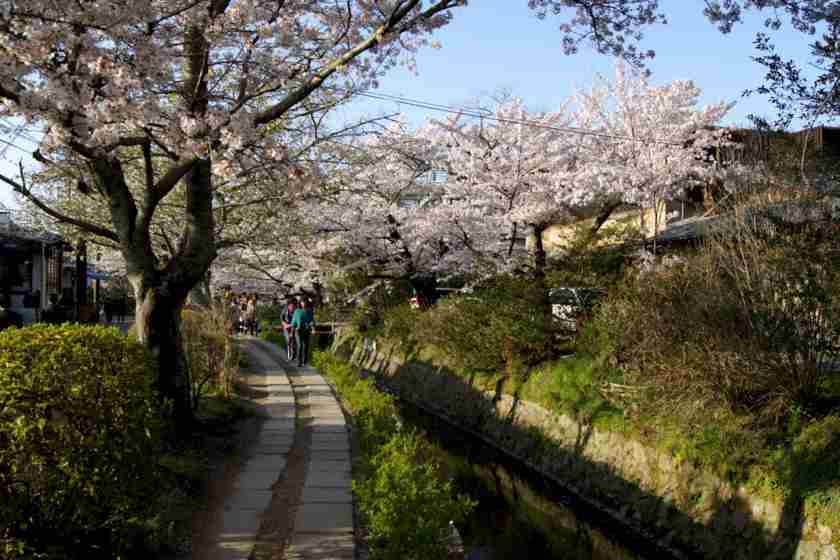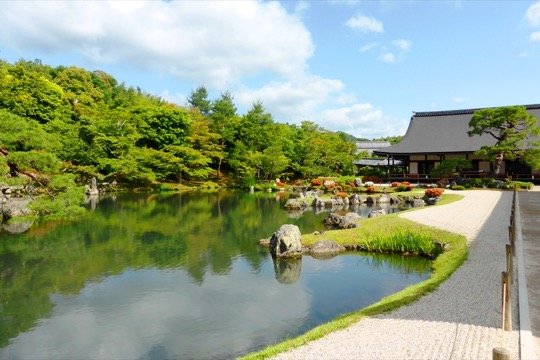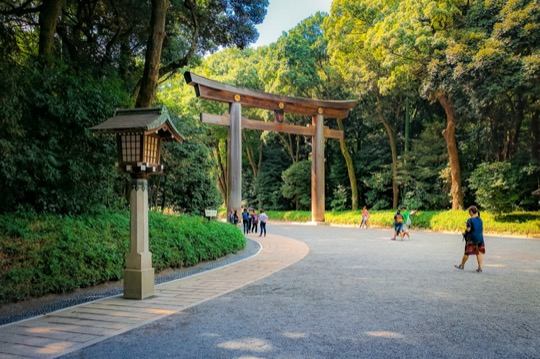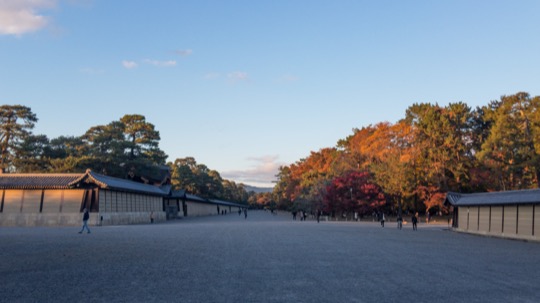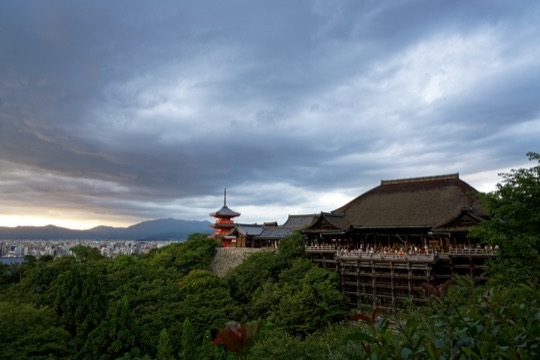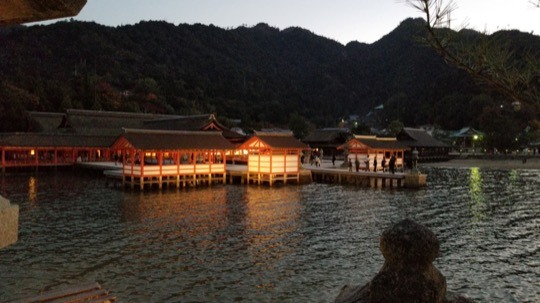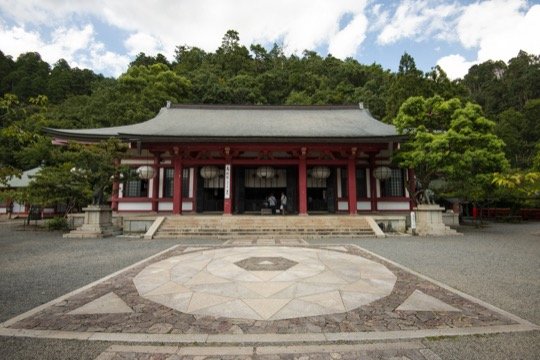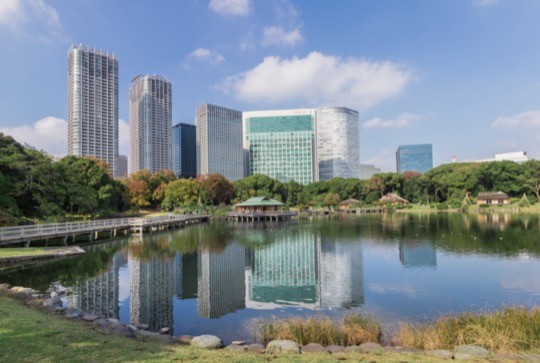Ginkakuji
The Silver Pavilion: Reflecting the Artistic Splendor of the Ashikaga Shogunate

On This Page
The Silver Pavilion, a symbol of Zen Buddhism and Japanese aesthetics, is a notable Kyoto landmark and UNESCO World Heritage Site. Constructed in 1482 by Ashikaga Yoshimasa, the eighth shogun of the Ashikaga shogunate, this temple in Kyoto represents the Higashiyama culture of the Muromachi period (1336–1573).
Originating as Ashikaga Yoshimasa’s retirement villa, Ginkakuji became a center of cultural activity, impacting the arts of the tea ceremony, flower arrangement, and garden design. The villa’s conversion into the Zen temple Jishō-ji ensured a continuing cultural influence. Recognized as part of a UNESCO World Heritage Site in 1994, the temple complex includes the Kannon-den or Silver Pavilion, Togudo Hall, and a Japanese-style garden. The garden, possibly designed by the artist Sōami, features the Sea of Silver Sand, a Zen garden, and a sand depiction of Mount Fuji.
Contrary to it’s name, Ginkakuji was never covered in silver - the name is thought to derive from the way moonlight reflects on its exterior or as a contrast to the Golden Pavilion - Kinkakuji.
Visitors to Ginkakuji follow a circular route offering views of the temple buildings and gardens, which include the Sea of Silver Sand and the moss garden. These elements reflect Japanese aesthetic sensibilities. The temple’s architectural and garden designs, including Togudo Hall, contribute to its status as a significant historical and cultural site.
Ginkakuji, an active place of worship, draws visitors seeking to experience Zen tranquility and traditional Japanese design. The temple is a significant example of Higashiyama culture’s influence on Japanese history and aesthetics.
Official Links
Getting There the easiest way to reach Ginkakuji
Around Ginkakuji
Nearby in Kyoto the best attractions close to Ginkakuji
Eikando Temple
Experience the Zen spirit amidst autumn leaves at Kyoto’s Eikan-do
Nanzenji Temple
Historic Zen Buddhist Sanctuary in Kyoto’s Higashiyama Mountains
Nanzenji Temple Sanmon Gate
Nanzenji Temple’s Sanmon Gate, an Icon of Japanese Zen Buddhism
The Philosopher's Path
A walk through Kyoto’s history and cherry blossoms along Tetsugaku-no-michi.
